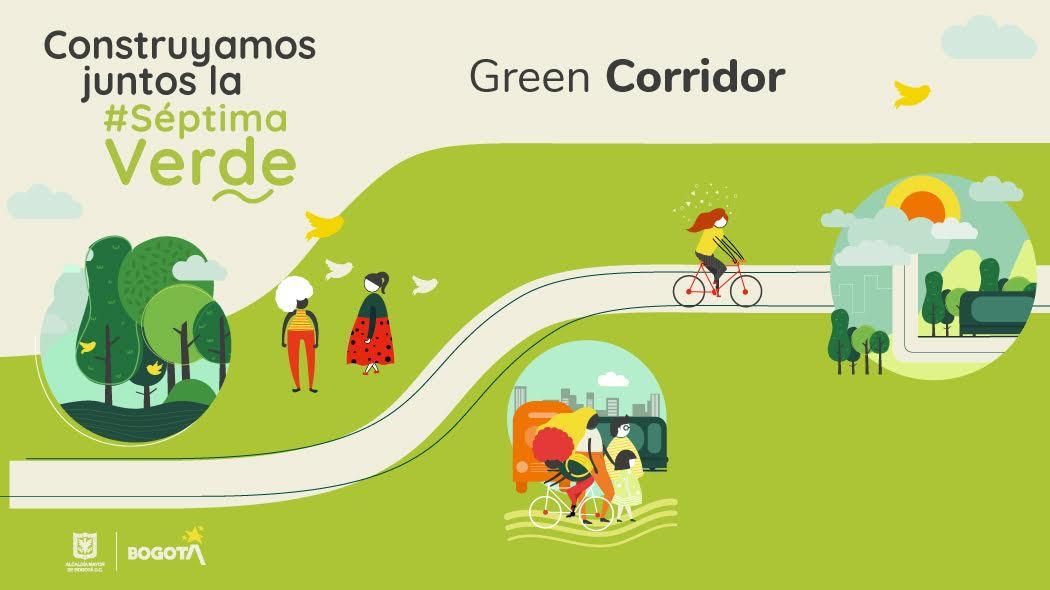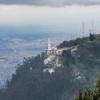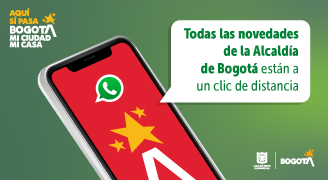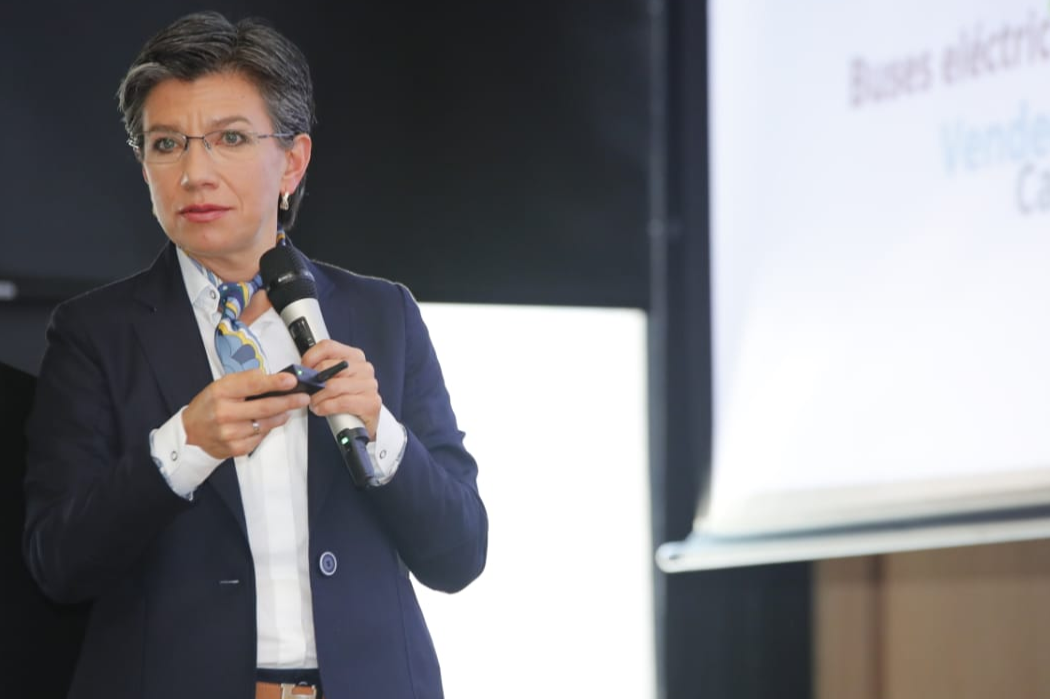The Mayor of Bogota, Claudia Lopez, presented this Monday the proposal for the conceptual design of the Green Corridor for the Seventh Race after a month of intense work where the IDU crossed the citizens' initiatives with the technical conditions and characteristics of the seventh race, different in its layout and its specificities.
"Welcome to one of the possibly most important days in our city during this period. The day when we went from co-creation to making our dream of the seventh green corridor a reality. Today, the most relevant thing is that we managed to condense in this conceptual design proposal the guidelines given to us by the more than 50,000 citizens in the first phase of participation. We applied analytical and reality criteria, and we have the proposal of a flexible Green Corridor that fits the reality and the environment of each section of the seventh with an electric massive public transport system, pedestrian walkways and a lot of trees", explained the Mayoress.
The District Administration, with the support of Gehl Architects and the Inter-American Development Bank, incorporated in the alternative presented the criteria of sustainable mobility, sense of place and environmental connection. According to the analysis made, the proposed conceptual design gives pedestrians 50% of the space, not only with wide platforms, but with 16 new plazas and avenues along the corridor, which comply with the standards of platforms, public space and universal accessibility, and will also be places to enjoy the stay in the seventh and not just pass through.
In addition, bicycles will have 6% of the roadway; public transport will have 29% of the space with exclusive and non-preferential lanes, and the remaining 15% is for private cars; in contrast to the current corridor which has 50% of the space for cars and has very poor pedestrian and clean mobility infrastructure.
The characteristics of the design presented include a 24 kilometer cycle-infrastructure along the entire corridor, open stations, planting of native trees, exclusive lanes for electric public transportation, the system of public squares and avenues, sustainable drainage, vertical gardens, lighting, transverse green areas and corridors connecting the corridor with the eastern hills, parks, and down-going roads, as well as a cable that connects the International Center with Monserrate, the upper neighborhoods of the town of Santa Fe and the first line of the Bogotá Metro.
The Green Corridor of the Seventh street will not only intervene the track from 26th to 200th streets, but also already has the resources planned to integrate into the design and functionality of the green connection of the corridor, its environmental and sustainable mobility connection at the intersections with 45th, 53rd, 72nd, 73rd, 79th, 85th, 92nd, 94th streets, Canal Molinos, and 116th streets.
As established in the District Development Plan, the proposal for a zero emission mass public transportation system will allow the connection of the seventh race with the mobility projects of the eastern edge such as: the extension of the First Line of the Metro, the Regiotram del Norte, the Usaquén Air Cable and 68th Avenue. Taking into account that this road is different in its layout and characteristics, three conceptual designs are presented for three sevenths:
- Séptima Center (1st Street to 40th Street):
It represents the historical heritage of Bogotá and Colombia. It has a high pedestrian flow and vocation of permanence, most of the trips are short and on foot. In this area, commerce, institutions and architectural landmarks are concentrated.
- Séptima Chapinero (40th Street to 100th Street):
It is the financial center of Bogota. It concentrates tourist and citizen meeting places and presents a mix of short and long trips. This area concentrates commerce, services, restaurants and housing.
- Séptima Usaquén (100th Street to 200th Street):
It is a recipient and generator of trips, presents poor connectivity, long trips are made and does not have exclusive mass transportation. This zone has a high concentration of residences and unused environmental heritage. About three million people will benefit from this project, mainly the inhabitants of Chapinero, Santa Fe and Usaquén.
The total cost of the project is 2 billion pesos and the resources to execute it are guaranteed. As of today (November 23rd) the possibilities of participation are open again. A new stage of discussion and contributions to review and evaluate this conceptual design. Spaces will be opened for discussion and analysis in order to reach a consensus that will allow the Administration to contract the final design of the Green Corridor of the Seventh Race in December.
In order for citizens to participate, the designs are available to everyone on the website www.septimaverde.gov.co, for observation and analysis. In the same portal, interested people will be able to know the new spaces of participation opened for this phase. After this second phase of public discussion and the presentation of the final design, the Institute of Urban Development (IDU) will be asked to open the bidding process to contract the studies and designs of what will be the first Green Corridor in our city.
To read this article in spanish, click here.







